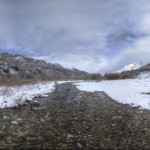5 Reasons You Should Plan an Alaska Road Trip

About 22% of all vacations in America were road trips in 2015. Many people’s dream trip is to go on an Alaska road trip and see the breathtaking sights. If you are prepared properly, the trip will be an amazing experience. … Continued








